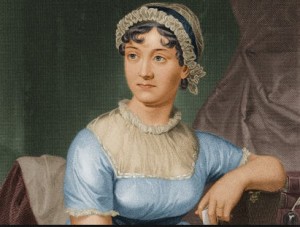Meet Your New Communication Strategist–Jane Austen
Published on April 29, 2013

When one is in the market for help in improving communication skills, most of us take the same first step: a Google search. This search will turn up some sound, albeit conventional, advice. Let me suggest instead that you explore a rather unconventional source and take your lessons from the drawing rooms of 19th century England. Associate professor Michael Chwe (UCLA) presents this argument in his book “Jane Austen, Game Theorist,” just published by Princeton University Press.
According to Jennifer Schluessler, writing in the New York Times, “Mr. Chwe argues that Austen isn’t merely fodder for game-theoretical analysis, but an unacknowledged founder of the discipline itself: a kind of Empire-waisted version of the mathematician and cold war thinker John von Neumann, ruthlessly breaking down the stratagems of 18th-century social warfare . . . ‘Anyone interested in human behavior should read Austen because her research program has results,'” Mr Chwe suggests.
Chwe’s example of Austen’s strategic thinking is the battle of wits between Elizabeth Bennet and Lady Catherine de Bourgh near the end of the novel Pride and Prejudice. I agree that Elizabeth’s control of the situation is masterful, but I would also point to a superior dramatic moment in my favorite Austen novel, her last and, in my opinion, her best: Persuasion. In Chapter 23, near the end of the novel, Captain Wentworth directs Anne Elliot’s attention to a hastily written letter he has left for her, a letter in which he expresses his deepest feelings. In a moment, Austen highlights the forces of miscommunication and misunderstanding that have kept these two people apart for so long. A moment such as this has implications beyond the romantic sphere. Consider Jane Austen when your next workplace communication misfires!

